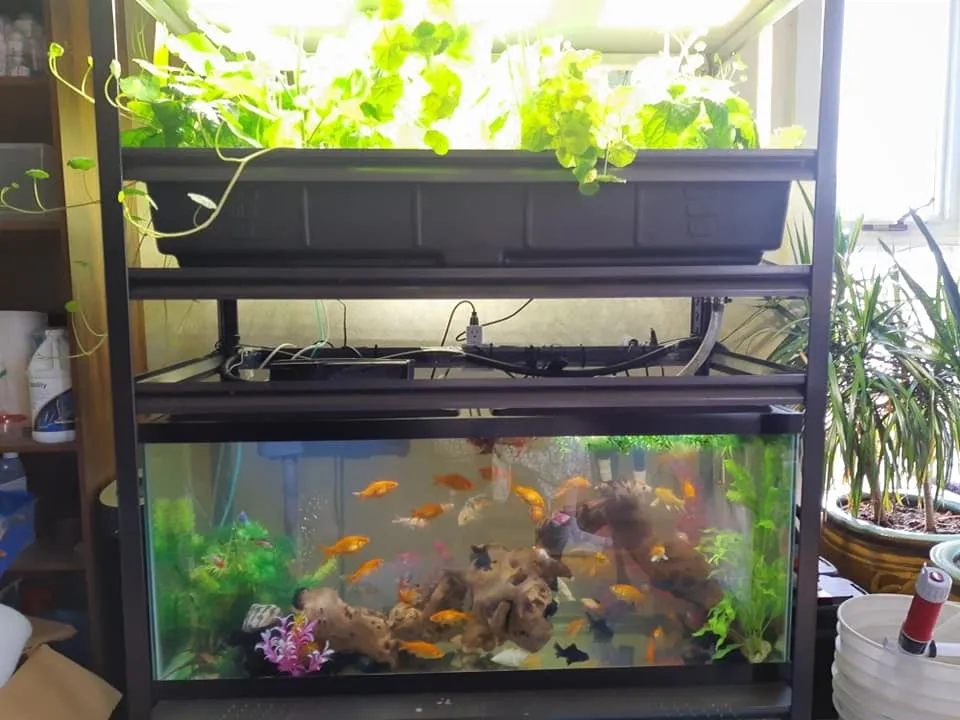Aquaponic gardens are one of the most sustainable ways to grow food, but few people know about them and even fewer know that they are one of the growing systems with lowest maintenance needs. And for that reason, it’s a system that might be the right fit for your classroom.
What are aquaponics?
In layman’s terms, aquaponics are a nitrogen cycle. The waste produced by your fish feeds the plants, and the plants clean the water for the fish, producing one continuous cycle.
Five things that makes aquaponics awesome to use in the classroom:
- Less is more! Aquaponics use less water than any other forms of gardening. That means you’ll save up to one tenth of the amount of water that you’d used in soil-based gardening.
- Keeping your fish tank clean takes less time than you think! It turns out that Aquaponic tanks require less time to clean than a regular fish tank would because the plants do some of the cleaning work for you.
- You get to go chemical free. Growing your greens with aquaponics is completely organic as any chemicals would be fatal for the fish. So if you’re looking to lean into the world of organic ecosystems, this is a great way to do it.
- Location, location, location! Your aquaponics system doesn’t need anything other than good sunlight and a steady surface to get growing. This makes it a lively addition for any classroom, reception area, or even right outside the principal’s office.
- These gardens are stacked, vertically. Growing your greens with an aquaponics kit doesn’t require much space because the garden sits on top of the fish tank. How big your garden grows ultimately depends on how much you plan to cultivate!
Aquaponics are a wonderful addition to a school or classroom—they can demonstrate what it’s like to have a real-life ecosystem in action and can also provide a therapeutic experience for students of all learning styles.
If you’re interested in learning more about aquaponics, check out the virtual Tool Shed or visit the Teaching Library for more resources.

